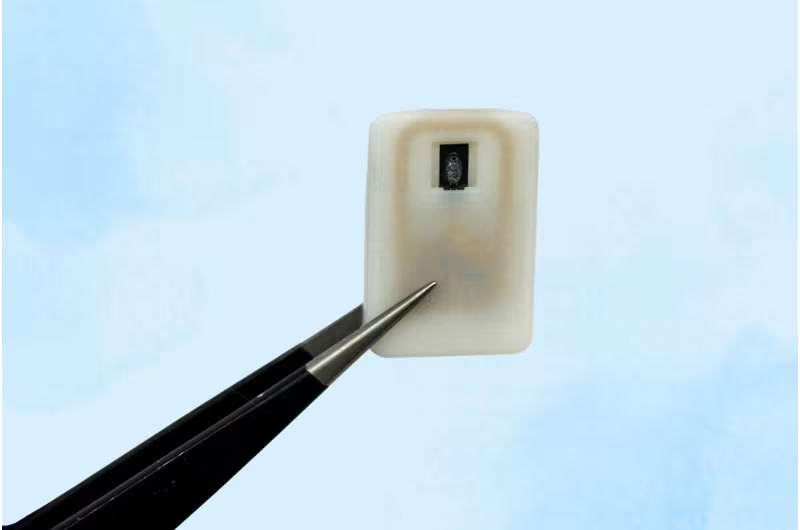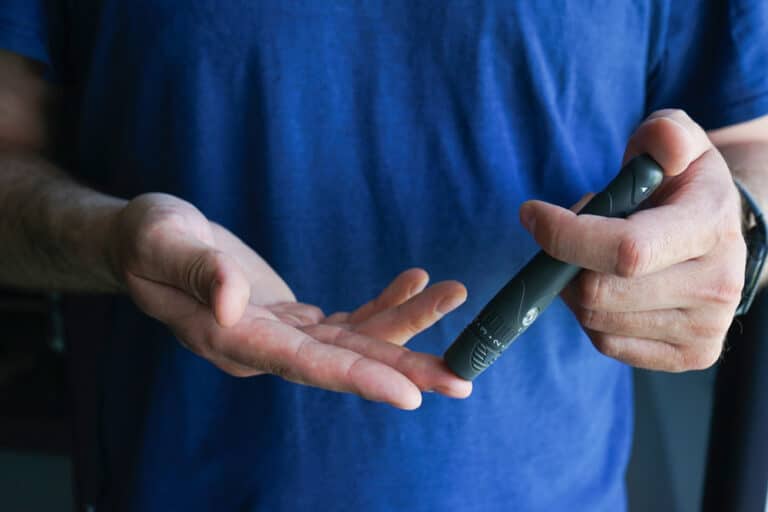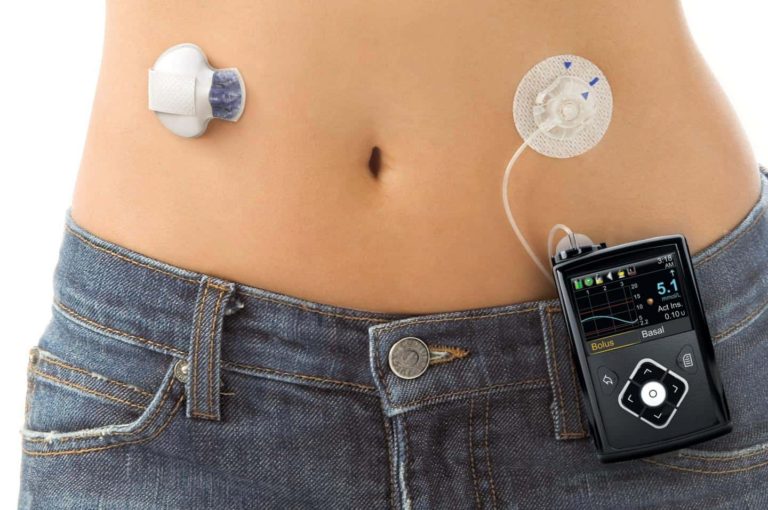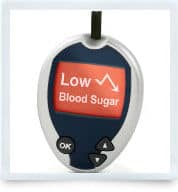Implantable Glucagon Device, The Future of Diabetes Care
The game-changer! Implantable glucagon device revolutionize diabetes care for low blood sugar relief.
Glucagon Implantable Device Overview
MIT’s Ingenious Device Design
- Brilliant minds at MIT have whipped up a life-saving gizmo for those grappling with Type 1 diabetes. This nifty piece of tech serves as a lifeline when blood sugar levels plummet. Imagine having a guardian angel in the shape of an implant – it kicks in when sugar levels get dangerously low, thanks to its smart glucagon reservoir design (MIT News). The big win here? Keeping severe hypoglycemia at bay, so folks with diabetes get some extra peace of mind.
How It Works
- Picture something as small as a quarter, snugly holding big-time relief for diabetics. This implantable glucagon device isn’t just a pretty face; it’s got a well-thought-out, tiny tank made from cutting-edge 3D-printed polymer that releases glucagon just when it’s crucial. Inside, the device warms the glucagon up to just the right temperature – 40 degrees Celsius – to flood the system with what’s needed, right on cue. Its clever construction guarantees an instant zap of glucagon, delivering a swift counter-punch to plummeting blood sugar.
Benefits of the Implantable Device
Preventing Hypoglycemia
The implantable glucagon gadget crafted by the wizards at MIT is a lifesaver for folks battling Type 1 diabetes, especially when it comes to avoiding those scary sugar crashes. Hypoglycemia isn’t just a fancy term—it can sneak up like a villain in a B-movie and cause real trouble if not stopped in its tracks.
Picture this little marvel as about the size of a quarter—how’s that for pocket-sized precision? It’s got a nifty reservoir made of a 3D-printed polymer, like something straight out of a sci-fi flick. The magic happens when it warms to body temperature—it knows to shoot out glucagon then. No need to worry about battery failures or fiddly switches. Just heat it up to 40 degrees Celsius and boom—it goes to work like a loyal sidekick, making sure your blood sugar stays in the safe zone, keeping those sweats and shakes at bay.
But wait, there’s more! This device is clever enough to be remotely triggered thanks to a sprinkle of electrical current, shooting signals through the air—kind of like unlocking your car with a remote. It plays nicely with your glucose monitor, ensuring the glucagon gets delivered right on time. No nasty blood sugar dips sneaking past this guardian!
| Benefit | Details |
|---|---|
| Size | Compact like a quarter |
| Reservoir | Made from slick 3D-printed polymer |
| Activation | Gets a jolt remotely via tiny electrical buzz |
| Trigger | Sprays glucagon when it hits 40 degrees Celsius |
| Compatibility | Pals around with continuous glucose-monitors |
Figures courtesy MIT News.
Emergency Epinephrine Delivery
Now here’s a two-for-one you don’t wanna miss! This device doesn’t just stick to one trick. Remember those moments when a heart might skip more than a beat or an allergic reaction decides to throw a surprise party? Well, meet your new best friend that delivers epinephrine just when it’s needed (DT Next).
Think of it like a trusty multitool on your device-saving utility belt. Having that one-two punch of glucagon and epinephrine delivery means you’re armed to handle more than just runaway blood sugar. It’s like having a mini emergency room tucked inside.
With this gadget on your side, you’re ready for just about anything. It’s prepared to handle not only low blood sugar but also potentially dicey situations like heart hiccups or those sudden allergic freak-outs. It’s like an all-in-one insurance plan for your health.
| Substance | Use Case |
|---|---|
| Glucagon | Shields against hypoglycemia |
| Epinephrine | Steps in for heart trouble and allergic shocks, owning the game |
Figures courtesy DT Next.
Testing and Results
Testing on Diabetic Mice
- Researchers at MIT got busy testing a nifty little gadget aimed at helping diabetic mice manage their sugar woes. The aim was simple: see if this device could keep the mice’s blood sugar from crashing, like a safety net filled with glucagon. These clever little devices sense when sugar levels go down, helping mice from taking a nose dive into hypoglycemia (MIT News).
Effect on Blood Sugar Levels
- The first round of tests? Pretty exciting stuff. The device activated on cue, releasing glucagon in under 10 minutes, like a well-timed superhero entrance. It stabilized the mice’s blood sugar and kept it steady, ensuring they stayed clear of crashing. Talk about fast-acting relief (DT Next). Here’s a quick look at how the numbers played out:
| Time | Blood Sugar Levels (mg/dL) |
|---|---|
| Before Glucagon Release | 50 |
| 5 minutes after Release | 70 |
| 10 minutes after Release | 85 |
These figures show big hope for this nifty invention. It’s like a quick-save button for those struggling with type 1 diabetes, offering speedy relief when blood sugar levels start to tumble.
Future Plans and Developments
Extending Implant Lifetime
- The team at MIT is on a mission to make sure the implantable glucagon device lasts longer and does more good in the long run. They’re aiming to keep this little lifesaver running smoothly for at least a year. To pull this off, they’re gearing up for more animal studies over the next three years. One of their main battles? Fighting the pesky scar tissue that can pop up around the implant and put a dent in its performance. If they can win that fight, they’ll keep the emergency glucagon flow constant, which spells safety and ease for folks relying on it.
Clinical Trials Timeline
- Getting this glucagon gizmo ready for the human stage is no small feat. The tinkering with its safety and how well it works for the long haul is in full swing. In three years, they’re looking to kick off trials with real people after thoroughly testing with animals. Every little detail—from how the device behaves over time to handling scarring and other patient results—will get a close-up review.
| Timeline Stage | Duration | Goals |
|---|---|---|
| Animal Studies | 3 years | Test longevity, tackle scar tissue |
| Initial Clinical Trials | Following 3 years | Check safety and area workability in people |
| Full Implementation | Post-trials | Ready for everyday use once the FDA gives a thumbs up |
These steps are all about making sure this device delivers on its promise of keeping a steady stream of glucagon flowing, preventing those blood sugar dips in folks with type 1 diabetes.
Read more T1D news here!
Image Credit







Leave a Reply